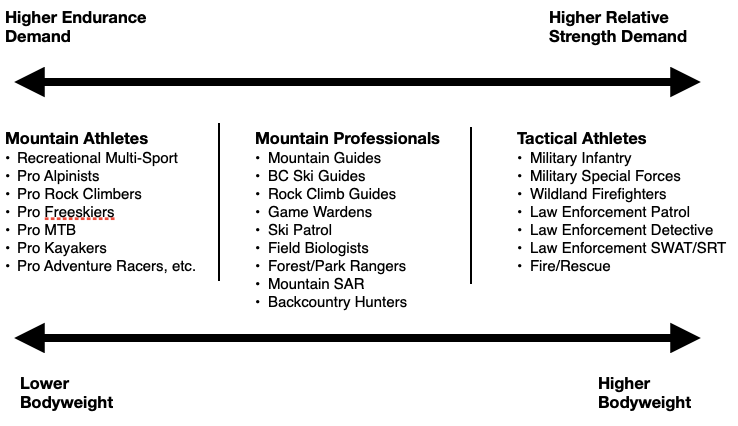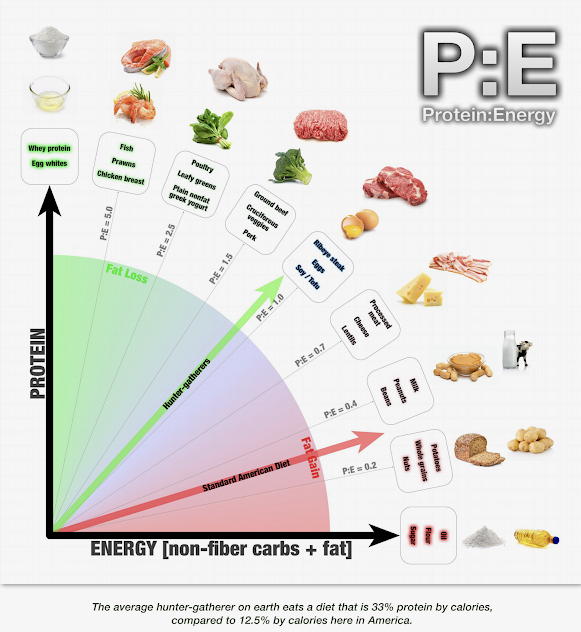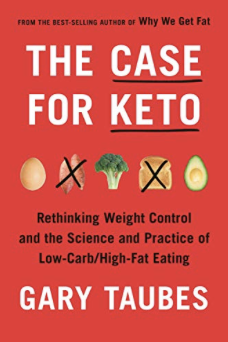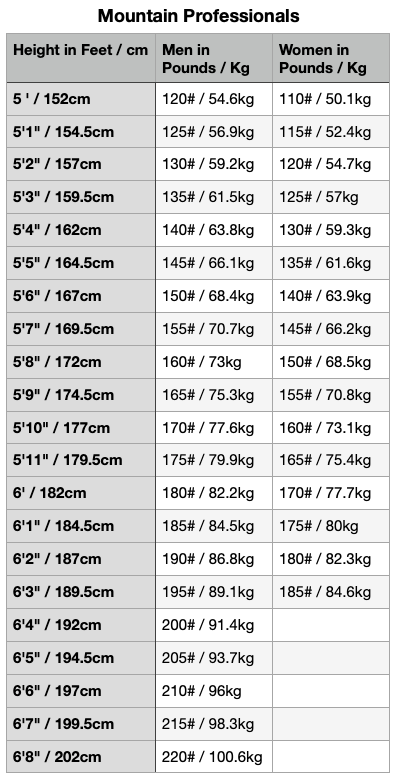QUESTION
I have liked doing Johnny in the past.
What I want now is a strength program that I can do 5 days a week in the morning, that only takes me 45 min max in the gym. I would supplement this with runs in the afternoon and on off days.
Do you have any MTI programs that sound like a fit for this? Or something that can be modified to work?
ANSWER
– Rob
QUESTION
I have been following and watching MTI’s growth for years, working through many of your progressions. Although my career in the Air Force has been primarily logistics and air transportation, I love the programming and it’s truly a lifestyle.
Having said that, going into the third week progression of the MTI Relative Strength program, I ended up rupturing my pectoralis major tendon during the 1RM Bench (TERRIFYING). It was absolutely terrible, considering I was making huge gains and feeling great going into the final lift. As you stated in your most recent article, a general convention is going 1RM on any strength exercise is dangerous……well.
Here is what I was looking at:
Week 1: Body Weight 176#
FS: 235#
Pull-ups: 19
PC: 195# (Started with the clean before the change)
BP: 250#
Score: 5.193
Week 3: BW: 173.4#
FS: 260#
Pull-ups: 21
PC: 205#
BP 260#
Score: 6.15
As you see, I hit the 260 Bench before the injury. Needless to say, I regret putting the extra 5#s on after I heard and felt the POP. It was definitely a “COME ON MAN” moment as I screamed at the spotter to help (He was just as terrified hahaha!) My personal record is 285#….so, I am totally blown.
To wrap this up, I am seeking surgery in the near future and of course anticipate a progressive recovery. I am interested in the 1-arm Injury Program and was wondering if you had any successful lab rats with results to share??? Right now, it is definitely a sanity thing for me because I love this shit. I have been reading up on many studies that say working contralateral is beneficial for the injured side. I am very curious to give it a try (once I get the greenlight from the Doc of course).
One more thing, any chances of a leg program as I recover? I can expect to not hit upper body for a couple months…unfortunately.
Either way, I am determined to bounce back and look forward to hearing from you.
ANSWER
Sorry about your injury.
Plenty of athletes have used the arm injury training plan to maintain overall fitness while they recover.
Leg Plan? This is tricky as I’m not sure what you’ll be able to hold onto in a couple months. Will you be able to do walking lunges holding dumbbells? Back squats?
You don’t know either … so email back when you get to that point.
– Rob
QUESTION
I just completed the ultimate meathead cycle program this week and really enjoyed it. Would it be beneficial to start this program again from week 1 to continue building? My goal is to build on strength but also be able to maintain my 5 Mile run time to 40 min or less. Or is there another program you can recommend?
ANSWER
– Rob
QUESTION
I’m currently in the middle of the MTI Relative Strength Assessment. Right now, I have no plans for the next several months to take part in any fitness events but I would like to start building my strength and working towards the goal of doing Crossfit classes in the RX division. Should I do the 357 plan or the country singer packet?
ANSWER
– Rob
QUESTION
I just had a few questions about the Hypertrophy for Skinny Guys Plan and training other modalities while doing it. I’m not that skinny a guy (5’8″, 180), but I was looking at doing your hypertrophy program soon, and as I am trying to at least maintain current fitness in running and swimming for now, I was curious if it would simply be too much overall training volume to do some kind of swimming 2x per week (thinking of doing a short interval session and a long easy fin, or just 2 sessions of 25 and 50 repeats) on the Hypertrophy plan and 2 easy/LSS runs as well. If the aforementioned plan is not excessive, what modifications would you recommend for the hypertrophy plan (less volume, eliminate a few submaximal sets across as opposed to the recommended ascending sets, etc), or would you recommend a different lifting program altogether? I understand I may be trying to juggle too many things here though.
ANSWER
Whether or not you can add in the swimming/running depends on your incoming fitness. Hypertrophy strength programming is a lot of volume, and most are fatigued and darn sore the first couple weeks. Your swimming/running would add to that.
Also – the endurance work would work against the mass-building goal of the hypertrophy program. So – you wouldn’t be adding as much mass as you should by completing the programming as prescribed.
At 5’8″ and 180, you’re already to big. I’d like you at 170ish.
I’d recommend
Barbossa from our Pirate packet of plans for SOF with water-based mission sets. This is a multi-modal program which trains strength, work capacity, endurance (swim, run, tread), chassis integrity, and tactical agility.
– Rob
QUESTION
I’ve used your plans before, for SFAS and CDQC, with great success. I am looking for plan recommendations as I will not have access to a gym/equipment or a ton of daily training time from 22 feb until mid May, then in June I start a course where I need to crush the ACFT and a ruck. I currently feel my strength is good but would like to improve my running. How do you recommend I program plans?
Thank you all for everything you do.
ANSWER
Now I’d recommend the plans/order in the
Tribe packet of plans. I just built these limited equipment plans and they deploy my most recent approach to limited equipment programming.
ACFT? It depends on your access to equipment.
Have equipment? Complete the
ACFT Training Plan prior to the course. You’ll need to add rucking to the plan.
Or ….
Ulysses. Not ACFT specific, but should do a good job of preparing you and includes rucking. You’ll need equipment.
– Rob
QUESTION
I’m reaching out to get some insight and advice on which plans I should follow to prepare for SFAS. For context, I’m a prior service Marine and will be shipping out in August of this year to start the 18Xray pipeline. With prior service, I will be inserted into week 10 of basic training and then complete the following schools; OSUT, Airborne, Student Company and SOPC before attending SFAS.
Given the time I have until I ship, as well as before attending SFAS, I’m curious what programs you’d recommend I follow for training? Are there plans you’d recommend beyond the 8 week Ruck Based Selection Training?
I’m working through the Core Strength Body Weight program currently. Areas I’d like to improve/foresee spending more time on is my core strength and push ups. I’m also 6’4″, 190lbs and am planning to put on 10-15 pounds in the coming months, with a hopeful goal of still maintaining a running pace in the low 6 minutes.
Please let me know if there are plans you’d recommend and any additional context I can provide.
Thank you for your help!
ANSWER
You’ve got 26 weeks. Here’s what I recommend. I’m assuming you’re reasonably fit now.
Weeks Plan
15-18
Valor – First 3 Weeks
Good luck!
– Rob
QUESTION
Female Army Engineer; I go to CCC in July and am hoping to go to Sapper as a follow-on, but I tore my achilles in BOLC and have had issues with stress fractures and plantar fasciitis. I had foot surgery in Jan 2020; it seemed to help with the other issues. I can run on flat surfaces, but continue to struggle with sprints/speed work and/or loaded exercises (rucking, lifting). My entire left leg just feels weak. If I squat anything more than 95 lbs, my form breaks.
Any suggestions/recommendations? Happy to pay for a plan. I just am at a loss for how to approach it right now. I’ve tried to do steep hikes to build up stabilizer muscles, and that does seem to help a bit.
ANSWER
I had a hip replacement in October and have the same issue.
I’d recommend the
Single Limb Training Plan. This will isolate both legs … and not allow your good leg to compensate for your recovering leg.
Trail both legs hard … don’t worry about over-strengthening your good leg.
I’ll likely start this same cycle next week.
– Rob
QUESTION
I just bought the low back fitness plan due to I have severe chronic low back pain. I am assuming that this plan will also help me lose weight and get back in shape? Thank you for your time and support.
ANSWER
The plan is strength focused on the low back. It includes some cardio/work capacity events – primarily rucking and step ups with a light pack – but it does not have a general fitness focus.
Will it increase your overall fitness? Depends on how unfit you are not. If you’re deconditioned … yes. Are you super fit coming in? No.
– Rob
QUESTION
I am a 49 year old 100% service connected Disabled Veteran, and retired Federal Leo. I have had 23 surgeries to include 5 foot, 2 knee, 3 back, 1 neck, left elbow, 2 nose, 7 ear, 2 jaw. I’ve also had 2 TBI’s and suffer from Desert Storm connected Fibromyalgia. I don’t have a lot of money. I can’t afford a guide for my hunts (& dont want one). I can’t throw money away on worthless supplements and /or magic bullets /programs.
Now for the positive, “If I wasn’t in such good shape, I’d be in pretty bad shape” After my surgeries I have done Everything that my Drs told me to do. I’m mobile and able to walk and exercise, but I’m not able to climb extended periods/distances, or pack heavy enough for an extended mountain hunt.
My plan is to move to Alaska in 2022 and be in shape to hunt Mt Goat & Dall Sheep, DIY, in Fall 2023. What I’m looking for is a program that will Slowly allow me to reach my goal. I know my body well enough to know when to slow down and when to push. In the interim, I plan to archery DIY elk hunt and mule deer hunt this fall.
I “embrace the suck” and “endevour to persevere” in everything that I do.
So, what I’m asking of you:
1. Do you have a plan for me?
2. Can you write a plan for me?
3. So you offer a military /leo discount or pricing?
Thank you for you time. I look forward to hearing from you.
ANSWER
1)
Backcountry Big Game Hunting Training Packet – this is set of progressive training plans designed to lead you into your hunt. Are you ready to begin this training? I’m not sure – as it depends on your current fitness.
Backcountry Hunting Base is the first plan in the packet. Go there, click the “Sample Training” tab to see the first week of programming. Try it before purchase and see how you do. If you manage, continue, if not … email back and I’ll see if we have a lower level plan for you.
2) No. Sorry.
3) No. Sorry.
– Rob
QUESTION
I’m excited to start a training regimen – the Grand Canyon Rim to Rim Training Plan.
I wonder if I should adapt the plan for my specific goals.
Please advise.
My goal is to backpack the Appalachian Trail in sections over three years. This year that includes:
- End of March – 100 miles over 4 days = 25 miles/day with 25# pack – 10K’ up/down per day
- June – 440 miles over 19 days = 23 miles/day with 30# pack – 12K’ up/down per day
- October – 300 miles over 12 days = 25 miles/day with 30# pack – 14K’ up/down per day
My reason for training is the need for increased endurance (and to lose some body fat).
- Last year my peak performance was 20 miles per day over 6 days with 10K’ elevation gain/loss per day
- In past have started trips with less mileage, building over the hike. Present goal requires I start ready for 25 miles per day right from the start, without injury.
I am 62 years old and walk steadily, only rarely run. So far, success has come from perfecting a relaxed walk geared for endurance. I am 6’1” tall, 215 pounds.
As I mentioned, I think the Grand Canyon Rim to Rim Training Plan is the closest to what I need.
My difference is doing more miles and repeating it for many days back-to-back, without running, just hiking.
Please advise if I should make some adjustments to the training plan.
Thank you very much.
ANSWER
There’s not nearly enough volume in the Rim to Rim plan to go 25 miles/day. The plan is designed to prepare you for one, 20+ mile day, not four in a row.
I don’t have a perfect plan for you. From what I do have I’d recommend the
100-Mile Ultra Training Planand hike instead of run in the plan. Hike trails with vertical, if possible, at 25# pack.
If not, replace the strength training in the plan with the Monday & Thursday leg blaster progression from the Rim to Rim Plan. You’ll have to skip the step ups.
You only have 7 weeks before the trip starts so I’m hoping your coming into significantly fit or have a high training age.
– Rob
QUESTION
Do you have an exercise plan that encompasses both ranger school and sfod selection? I have the normal ruck, treadmill, and some resistance bands. Most of my exercise is bodyweight focused due to my limited access to exercise equipment. Do you have any recommendations?
ANSWER
Sorry, no. The two events are significantly different.
If you’re looking for limited equipment, mulit-modal training (strength, work capacity, endurance (run, ruck, uphill movement under road), chassis integrity – core) – I’d recommend the plans/order in the
Tribe Packet,starting with
Apache.
– Rob
QUESTION
Looking for some advice as to what program I should start next. We are in the middle of a work up for deployment and are coming up on our land warfare block (about a month and a half away). I’m a machine gunner so I’ll be carrying a 27lb gun with a full combat loadout sprinting around in the desert and doing long patrols expected to keep up with guys carrying much less weight. Time is a constraint for working out due to long work days of training but I find time to workout at the end of the day for about an hour or so. I’m in pretty food shape as I have been following your programming for about a year now, I just really need to peak in for this final training block. Let me know what you suggest, thanks!
ANSWER
– Rob
QUESTION
Just wanted to share with you my results from your 3 week push up and pull up improvement program:
2 Min Max push ups went from 44 to 59
Pull ups went from 12 to 15
Still have a long way to go but I loved the simplicity and effectiveness of the program, keep it up!
P.S
Any tips to continue from here? My goal is general physical fitness and preparedness but I really want to ease back into running as well as I haven’t run in almost a year now.
ANSWER
Nice improvement. Next?
– Rob
QUESTION
Thank you for the well designed training plans, I followed your preseason skiing plan this year and it worked very well.
I am looking to start a training progression to optimize my skiing performance next year. I am 36 years old and will be doing primarily lift accessed skiing with a small amount of backcountry skiing. I am reasonably fit and will be doing several shorter backpacking trips (3-4 days @15-20km/day) in the summer and like to get out for a trail run or a quick trail run or peak bagging outing.
Please advise what you think would be the best route for me to take.
ANSWER
These are designed for multi-sport mountain athletes and concurrently train strength, work capacity, mountain endurance (run, uphill movement), and chassis integrity (functional core).
Then, 7 weeks out from next year’s ski season, re-do the Dryland Ski Training Plan.
– Rob
Subscribe to MTI's Newsletter - BETA











